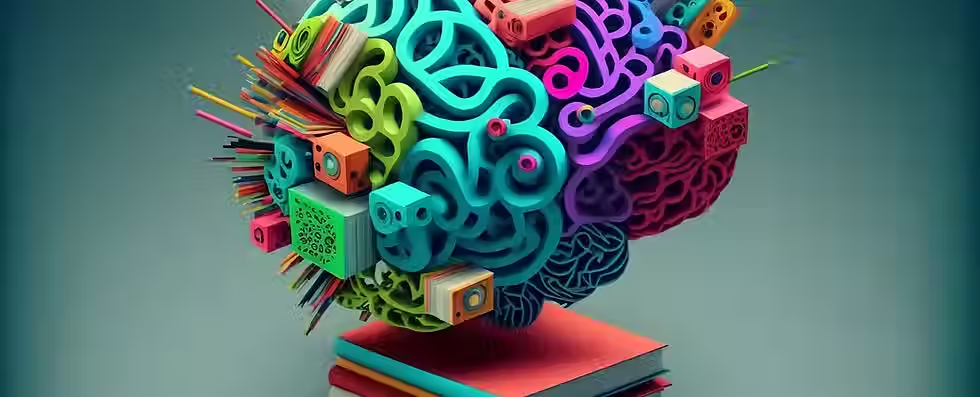Explore One Student’s Journey from Creativity to Career Success
- Gustavo Yamasaki
- Feb 26
- 3 min read
Updated: Mar 21


Nobody knows what the job market will look like for college graduates in the next few years, but recent studies have shown that employers want to hire graduates with skills like creative thinking, digital agility, and generative AI fluency.
How can you help your students develop these critical skills and gain a competitive edge? In our recent Adobe Express + Firefly webinar, Indiana University (IU) Professor Justin Hodgson showed how integrating digital creativity into the classroom can increase student engagement, facilitate dynamic learning experiences, and boost students’ career prospects.
He spoke with 2024 IU graduate Sarah Scarpitti about her journey from creating simple digital projects for class assignments to landing a dynamic career in business development and marketing.
Improving the student learning experience with digital tools
Hodgson kicked off the event by sharing his four best practices for integrating digital literacy into the curriculum:
Expand students’ capacities for expression. If they aren’t equipped to tell their stories in digital ways, they’ll be at a disadvantage in our digital world.
Let them access course content in new ways so they can think about and engage with different ways of knowing, doing, and creating in their fields of study.
Help them find meaningful success outside traditional modes of academic discourse, which can be a particular barrier for first-generation, international, and other non-traditional students.
Take advantage of their built-in orientation to share digital work. While students almost never want to share their term papers with one another for feedback, they almost always want to share their videos, podcasts, and social media content.
By combining low-stakes activities and high-impact practices that center on digital creativity, Hodgson said, every faculty member can empower students to develop the skills and knowledge employers need today and in the future.
Discovering creative tools and the power of visual communication
Next, Scarpitti joined Hodgson to recount her journey with digital expression. She admitted that she’d always been scared of using technology, but Hodgson’s Rhetoric and Sports course was the first time she couldn’t avoid it.
Hodgson would teach Adobe creative tools by first doing a demo, then having students do a simple exercise, then giving them the freedom to create different projects. “I felt extremely empowered to use my own creativity to learn new digital tools,” Scarpitti said. She also realized that “the hardest part of learning a new tool is simply opening the app for the first time.”
Her growing facility with Adobe tools led her to work as a social media intern for a campus digital journal and a visual communications leader for a professional development club. And, as a data analytics minor, her newfound skills helped her create rich visualizations to bring data to life.
By the end of her time at IU, she knew she wanted to pursue a career where she could use her creativity on a daily basis. She even declined a position at a major accounting firm because the role didn’t align with her creative goals.
Now she works in business development and marketing for an award-winning wealth management firm in Chicago, where she creates and manages content for the company website, newsletter, investment articles, promotions, and more.
“My digital literacy journey that started my freshman year of college has truly transformed my life in so many ways,” she said. “I've realized the importance of developing digital skills in our wildly digital world. And I have felt how fulfilling creativity can be.”
To hear more about Sarah’s journey and see examples of her college and career work, watch our webinar on demand.



